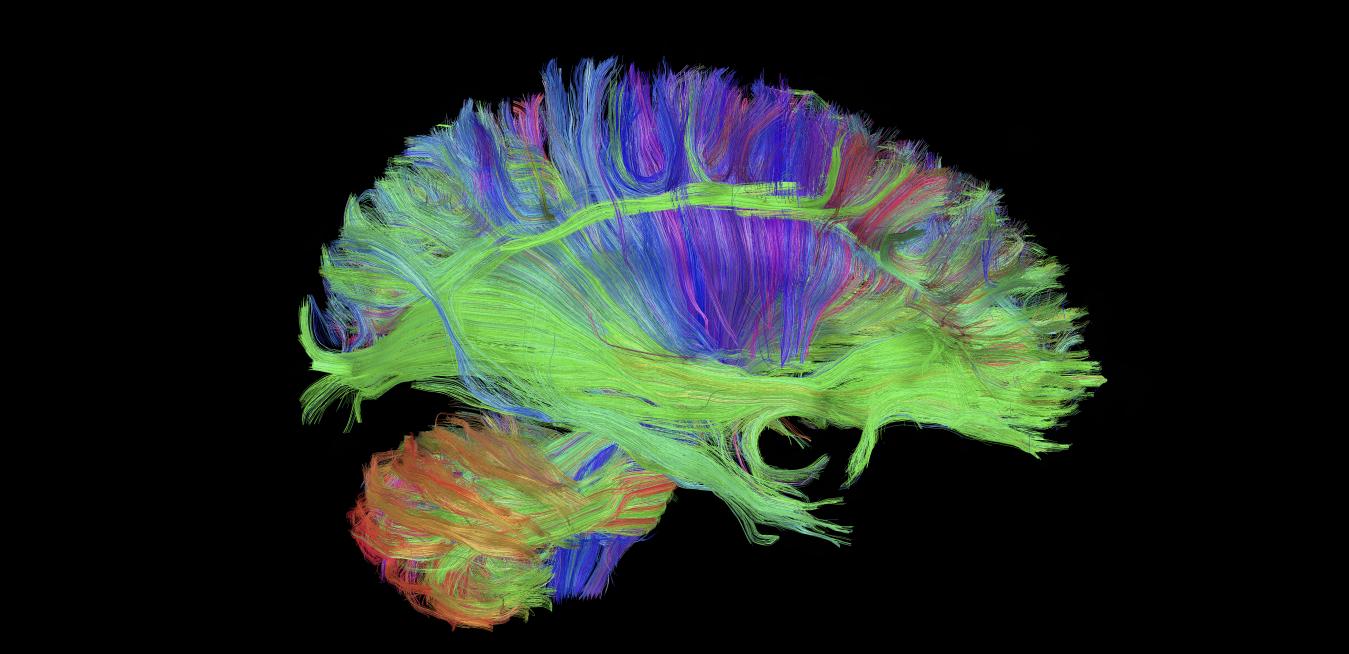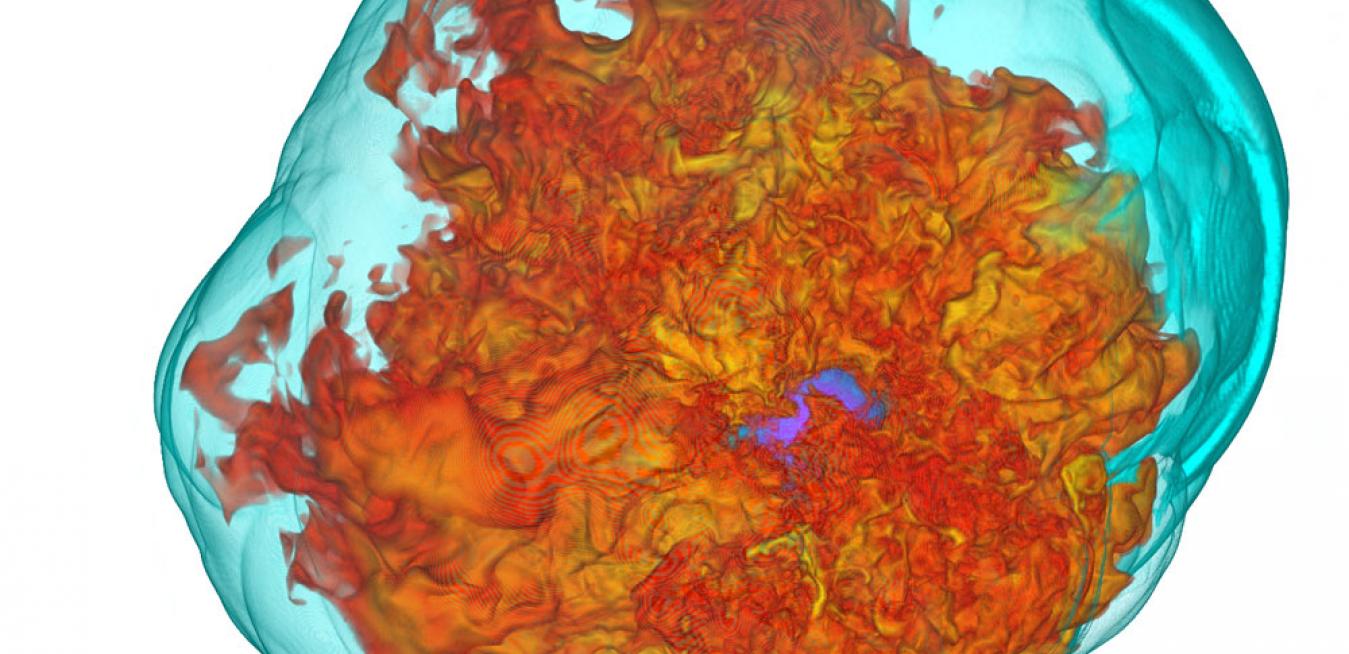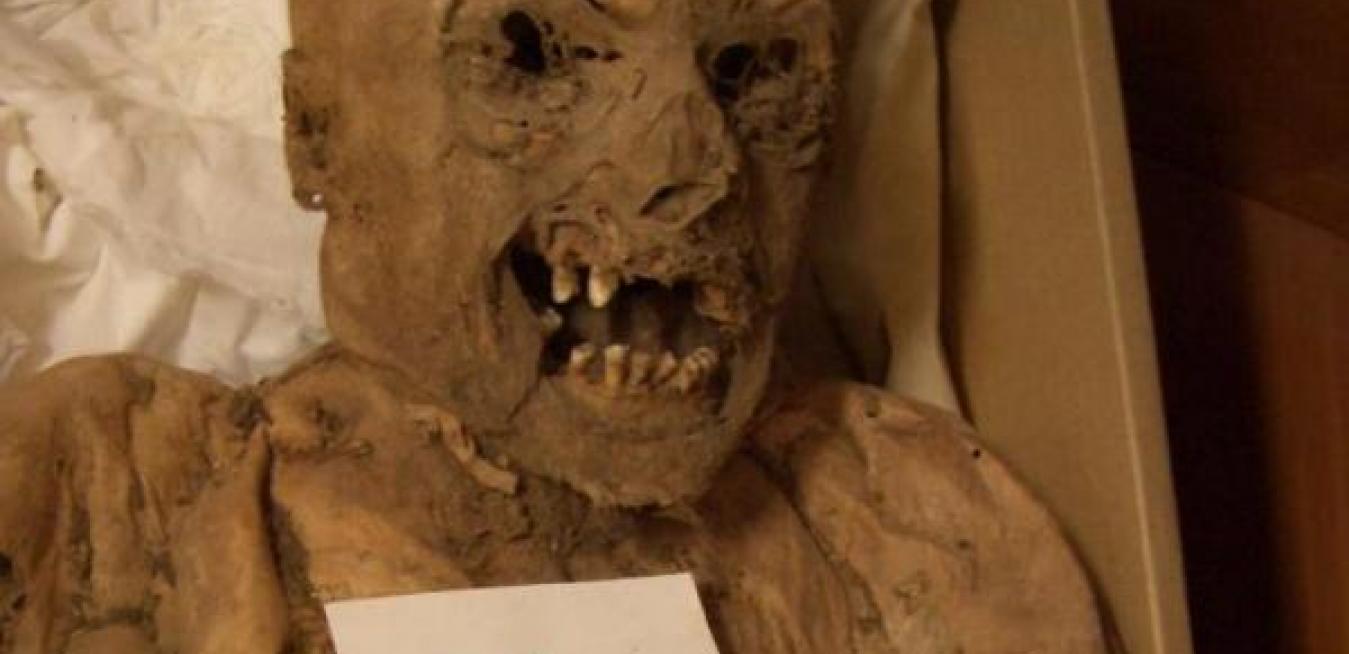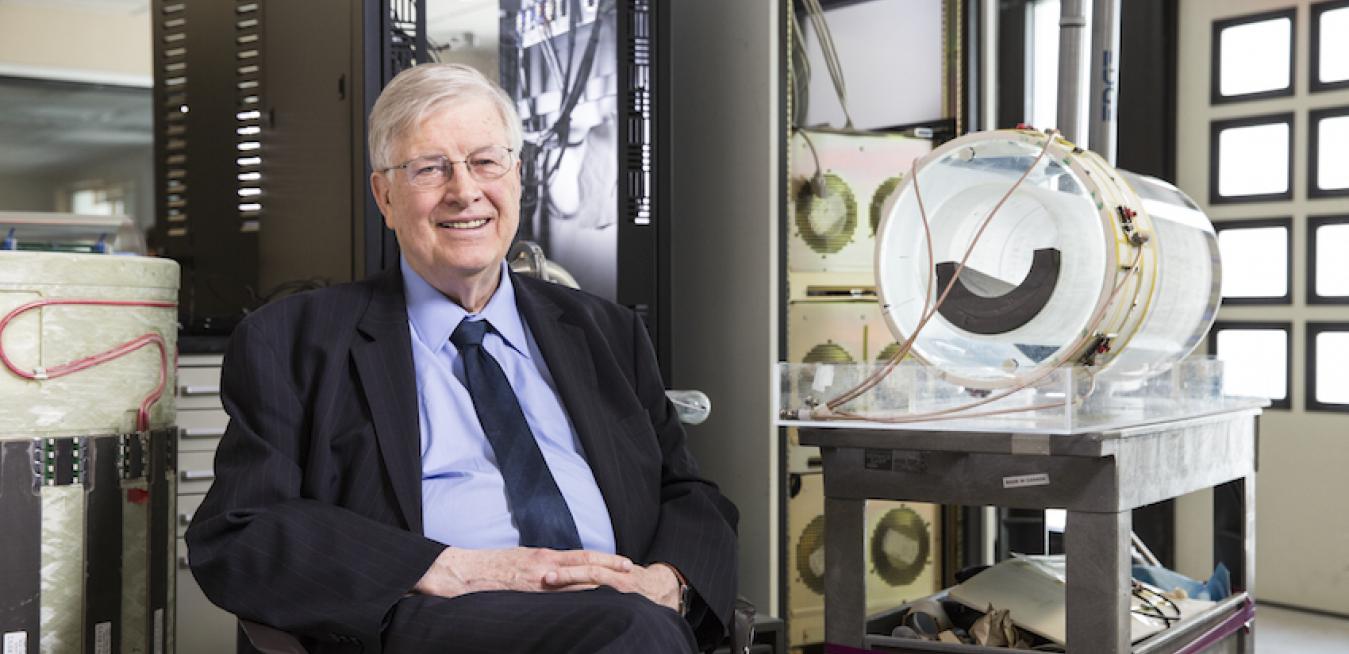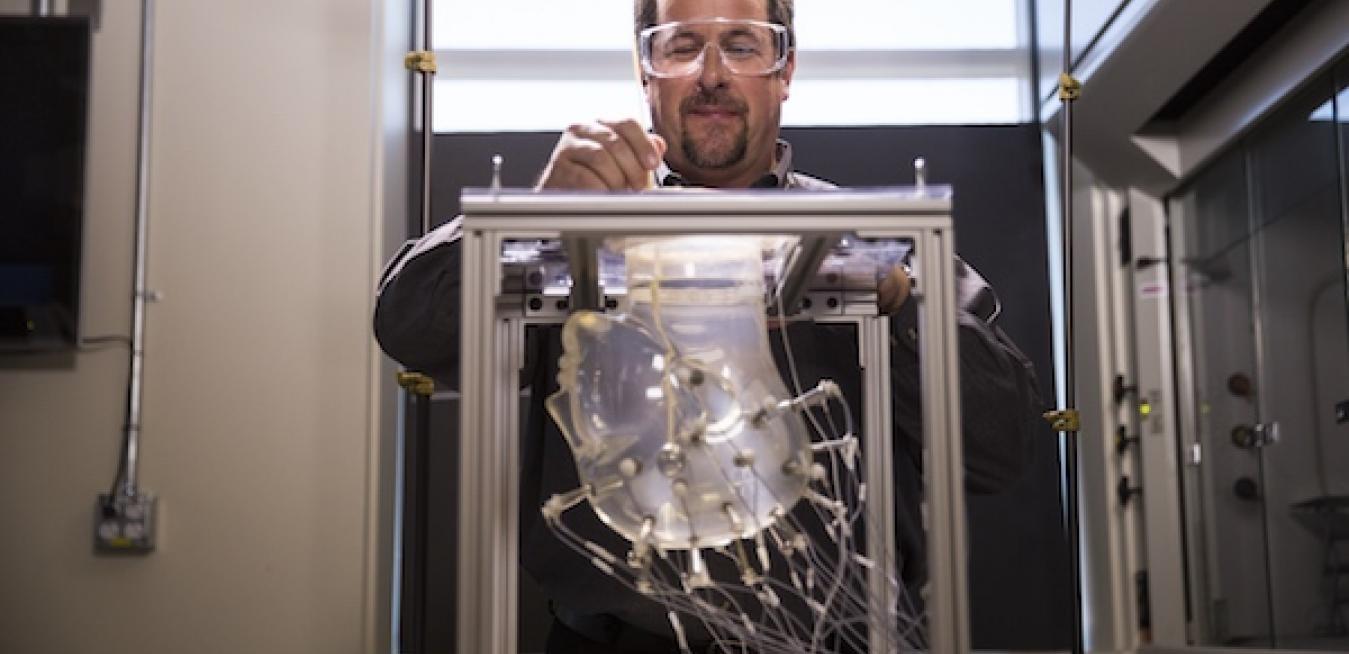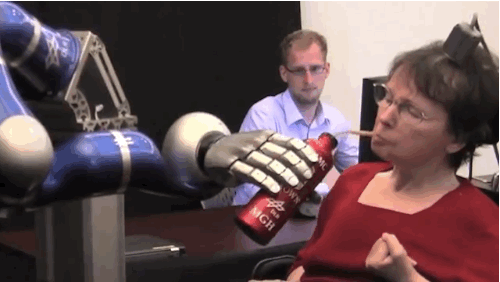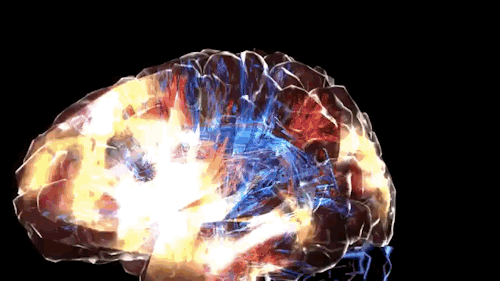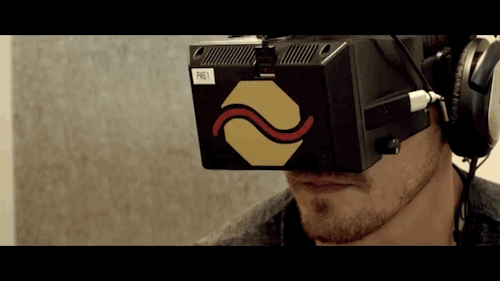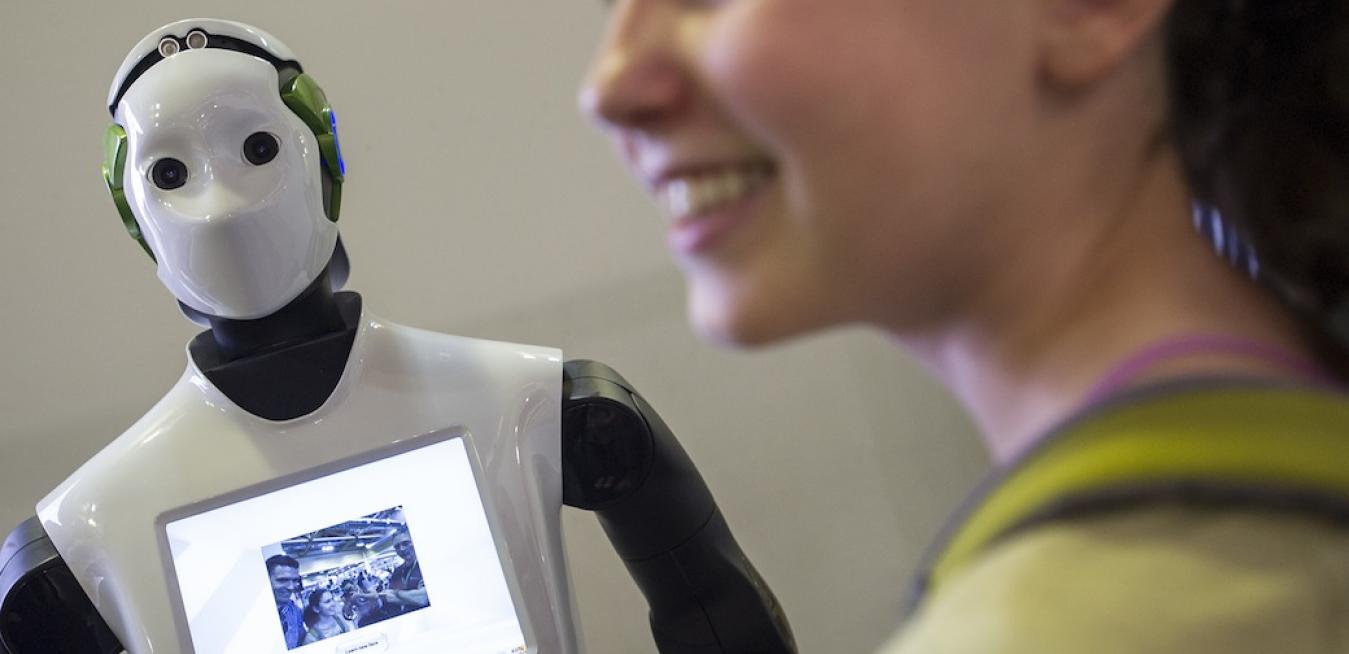Will Snails Get Us Faster To AI?
A 3D-Printed Invisibility Cloak?
In 1997, Ashe spent 10 weeks sitting in the pediatric intensive care unit with his son Andrew, who was born weighing just 2 pounds 3 ounces. As he sat and worried, buzzers and alarms went off every few minutes, further fraying his nerves.
Hutchinson, who was 58 at the time, didn’t regain control over her hands. She did it by moving a robotic arm with her thoughts.
The mind has a language of its own, and Jeff Ashe is trying to figure out what exactly it is saying.
